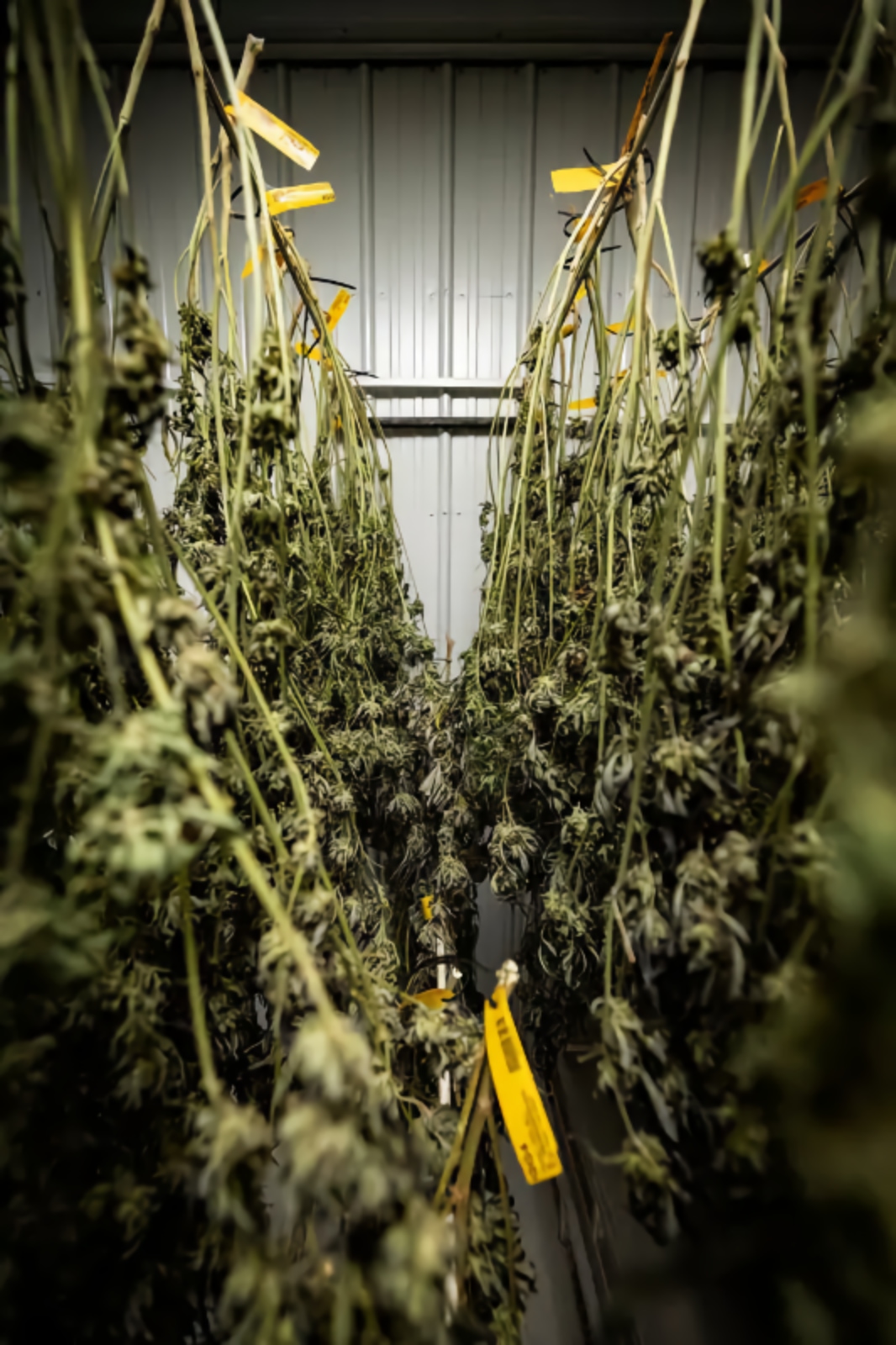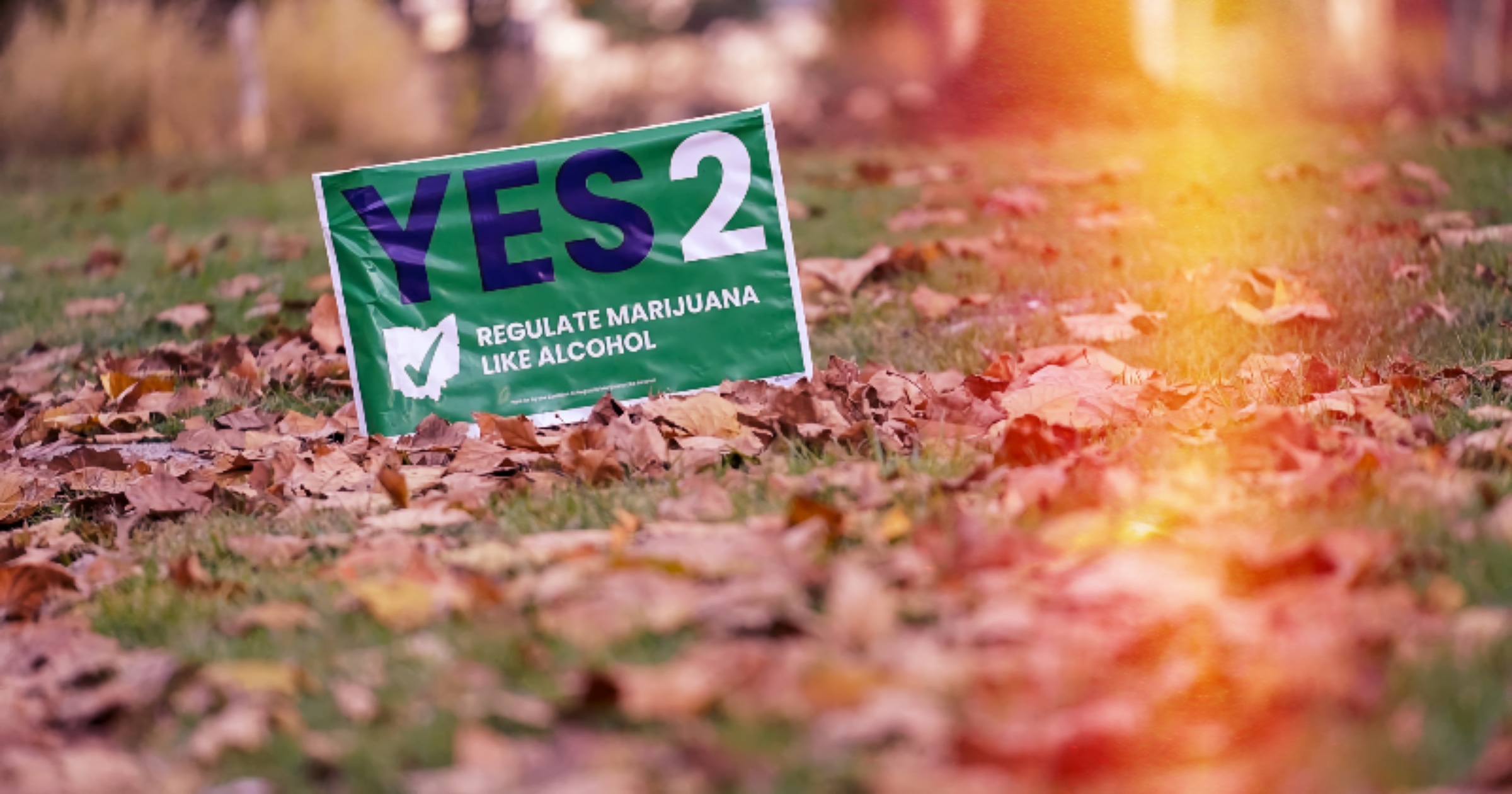A new Op-Ed on Med Page Today makes the case for more regulation on the THC levels of some marijuana products, in particular within Colorado.
When Colorado legalized marijuana for medical use in 2000, the highest concentration of THC in the plant was 5% and there were no concentrated products like “wax,” “shatter,” or “dabs.” Over the last 20 years, without any state governmental regulation to limit potency, the industry has dramatically increased the concentration of THC to where the average in the plant is now 18.8%. They have also created a range of concentrates with the average THC potency of 69.4%, some up to 95% THC.
Along with increased THC levels, studies of cannabis that have allowed it to gain its medical label were all done under 10% THC concentrates, so discerning the medical benefits or drawbacks of dabs or shatters is more difficult.
It is still widely understood that it is impossible to overdose from marijuana, but that isn’t stopping some from questioning whether or not there should be limits to the amount of THC within a single dose.
In 2011, the Netherlands took steps to limit THC levels. In the country, there would be two classifications for marijuana: one below 15% (Schedule II) and one for anything above (Schedule I). However, this policy proposal has been controversial with little data backing it, and has yet to be implemented.
Ultimately, while the reduced THC argument seems to make cautionary sense, there is still very little scientific data backing the move, with most of the arguments being based off of fear and assumptions. More research must done within a multitude of THC levels before anything concrete should be enacted.








